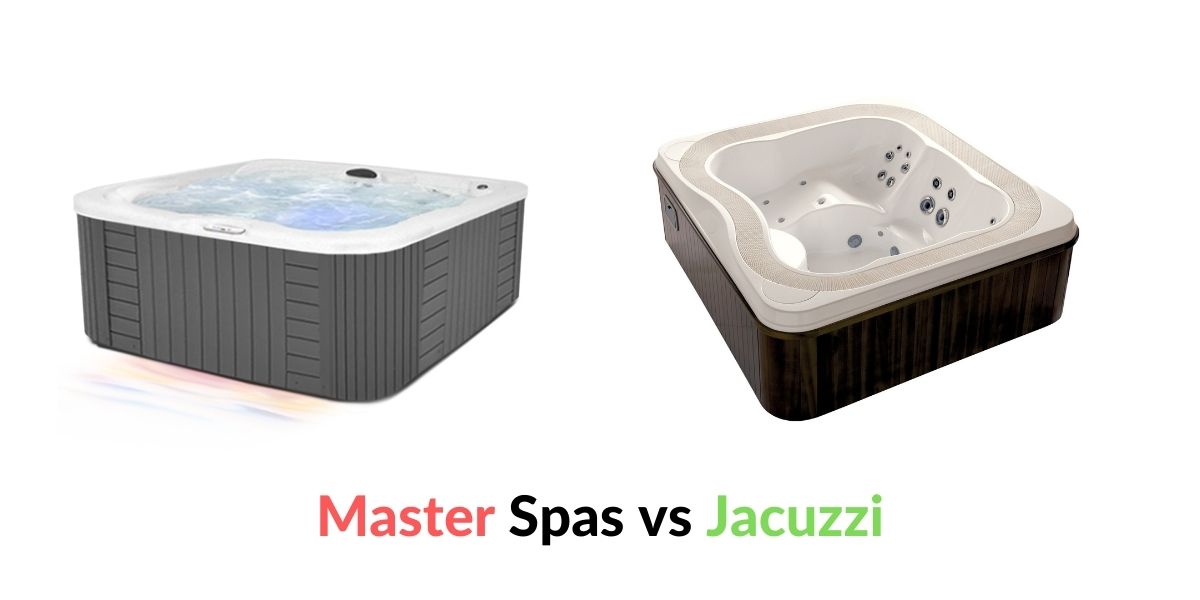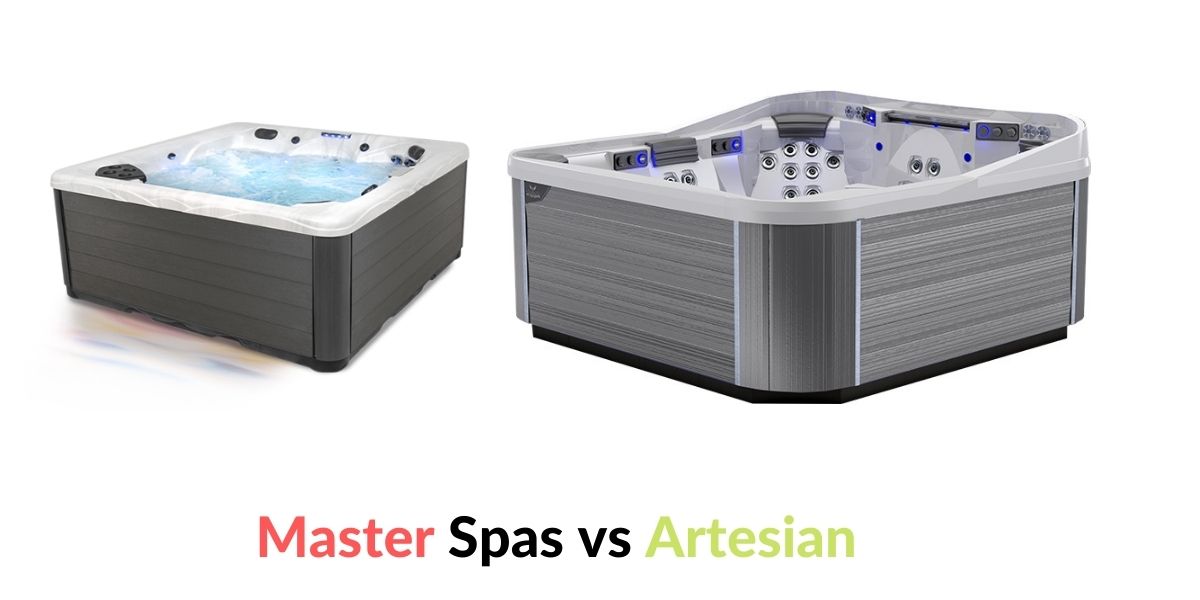Hot Tubs and Ground Rods: Separating Fact from Fiction in Installation
While it is a general misconception that sinking a ground rod for a hot tub provides added safety, it actually increases the risk of problems if it is not well-bonded to the service EGC. Simply put, a ground rod is not necessary for a spa and there are no code requirements for it.
But if you insist on grounding your tub, then you need to create a loop between your house and the spa ground rods. Note that this will lead to minimal current flow on the ground wire. Issues of potential difference will arise if there is a metal post close to the spa.
How many amps does a hot tub use?
The amount of amps a hot tub uses depends on several factors, including the size of the hot tub, the features and accessories it has, and the voltage of the electrical system it is connected to. On average, hot tubs can use anywhere from 20 to 60 amps, but some larger hot tubs may use more. It is important to consult the manufacturer’s specifications or consult with a licensed electrician to determine the exact amount of amps your hot tub will use.
How many amps does a 220v hot tub draw ?
The exact amount of amps a 220V hot tub draws depends on several factors, such as the size of the hot tub, the features and accessories it has, and the overall electrical load. However, a typical 220V hot tub can draw anywhere from 20 to 50 amps, with larger hot tubs drawing more and smaller hot tubs drawing less. It is always best to consult the manufacturer’s specifications or a licensed electrician to determine the exact amount of amps your hot tub will draw.
How many amps does a 110v hot tub use?
The exact amount of amps a 110V hot tub uses depends on several factors such as the size of the hot tub, the features and accessories it has, and the overall electrical load. However, a typical 110V hot tub can use anywhere from 15 to 30 amps. It is always best to consult the manufacturer’s specifications or a licensed electrician to determine the exact amount of amps your hot tub will use.
How many amps does a jacuzzi tub draw ?
The exact amount of amps a Jacuzzi tub draws depends on several factors such as the size of the tub, the features and accessories it has, and the overall electrical load. However, a typical Jacuzzi tub can draw anywhere from 20 to 50 amps. It is always best to consult the manufacturer’s specifications or a licensed electrician to determine the exact amount of amps your Jacuzzi tub will draw.
Can you plug a hot tub into a regular outlet?
You can plug a hot tub into a regular hot tub. Your hot tub is either 220v or 110v. 110v hot tubs are also referred to as ‘plug and play’ tubs, and they can be connected to a regular outlet of 15-20 amp even though they require a GFCI (ground-fault circuit interrupter).
The high-end spas, however, run on 220v. They are usually of better quality with more powerful pumps, water jets, heaters, or even accessories. You can make some adjustments and turn your 220v hot tub into a 110-volt spa.
Have you gotten your hot tub accessories this year?
Honestly, when I experienced a hot tub for the first time, it was good enough for me. It hasn’t gone a lot before I thought how cool it would be to have a drink in my hot tub, watch a game or bring my food with me. I had no idea people already made things for your hot tub so you can do just that. I have a long list of hot tub accessories that might be interesting to you. Click here to read the article.
What is the deal with driving ground rods at hot tubs?
Hot tubs do not need ground rods and in cases where they have been installed, poor bonding predisposes the spa to electrical damage.
Can I sink a hot tub into the ground?
A hot tub can be lowered to as far as 100 centimeters below the ground surface depending on the look you want to give your backyard.
However, there are some considerations to make even as you sink your spa. For instance, access for service and maintenance must be provided. You also need to take care of the location of the drain valve, power button, and other accessories such as speakers to ensure that your hot tub can operate properly.
How far in the ground does a ground rod need to go?
According to the NEC requirements, a ground rod must be driven to a depth of at least 8 feet below the earth’s surface.
Sinking the rod to the right depth and spacing them adequately (where there are multiple connected rods) help reduce earth impedance. Rods in a multi-connected system should be at least 6 feet apart.
Can I use a rebar for a ground rod?
Yes, you can use rebar as a ground rod. However, it corrodes much faster and has a lower conductance than a copper grounding rod. It is therefore not preferred despite being much cheaper than other ground rod types.
Can you touch a ground rod?
It is a common misconception that touching a ground rod can cause shock. But in normal circumstances, no current goes through the ground rod and you can’t be electrocuted if you touch it.
How much does it cost to install a grounding rod?
An 8-feet ground rod costs around $11 while a 10-feet rod will cost you approximately $15.
You also need to purchase the grounding wire plus clamps (in some instances). The total cost of installing a ground rod will therefore depend on several factors including the code requirements, local labor charges for the electrician, and possible repairs.
For instance, the jurisdictions in your area may state that you sink two 10-feet rods, the electrician may be charging a fee of $150 per hour and you are having concrete grade near your service panel that would require repair once the installation is completed.
What is the minimum depth for a ground rod?
For a ground rod, one end should be at least 8 feet below the ground surface. Rods are usually in different sizes but none should be less than 8 feet long. 3/8 inch is the minimum recommended diameter though rod width does not have a significant impact on earth impedance reduction in comparison to the depth.
Have You Considered Switching From
Chlorine To Bromine?
There’s been a trend where people are switching from chlorine to bromine. I feel there is not a lot of information about that transition and how to go about it since you can’t mix the two. I have addressed the most common misconceptions about this in the following article.
Do houses have grounding rods?
As a requirement by the National Electrical Code, every household electrical system should have a ground rod connecting the grounded system to the earth. The rod, usually made of copper or steel coated with copper, should have a minimum diameter of 3/8 inches and not less than 8 feet long.
The ground rod is usually sunk near the main electrical service panel but you may not see it as they are always buried. This complies with standard installation protocol as a way of ensuring maximum efficiency.
If you want to confirm whether your house has a grounding rod or not, go to the electric service meter and check for a wire leaving the wall at the bottom of the box and going into the ground. It is the grounding wire linking the ground rod to the service ground connection.
Can you install a ground rod horizontally?
The minimum depth of a rod should be 8 feet. In case you reach a hard rock level before you can hammer the rod to the required depth, you can opt for horizontal installation. This requires you to dig out a trench of the rod’s length and not less than 2.5 feet deep where you bury the ground rod.
What kind of wire do you use for a ground rod?
The connection between a ground and a service ground is completed by a grounding electrode conductor, also referred to as a ground wire. For residences, NEC recommends that a grounding wire be made of solid copper of at least gauge 6. But it can be larger. The thicker the wire, the better as this reduces resistance providing an easier path for current flow to the earth.
Can you lay a ground rod in a trench?
A ground rod can be laid in a trench. This usually happens in case of a rock bottom being encountered during the standard installation. Usually, the ground rod is driven into the earth at an angle of 45 degrees. If this is impossible, a trench is dug and the rod buried. The trench should have a minimum depth of 2 ½ feet.











